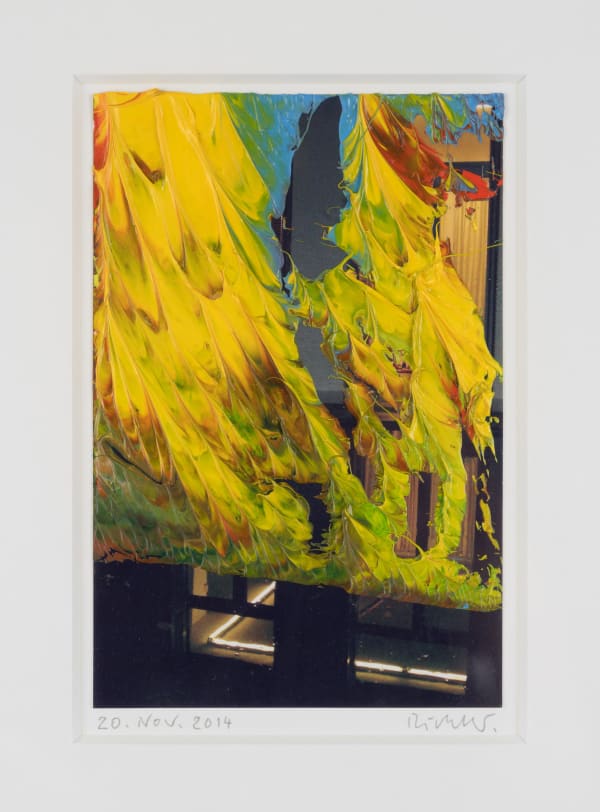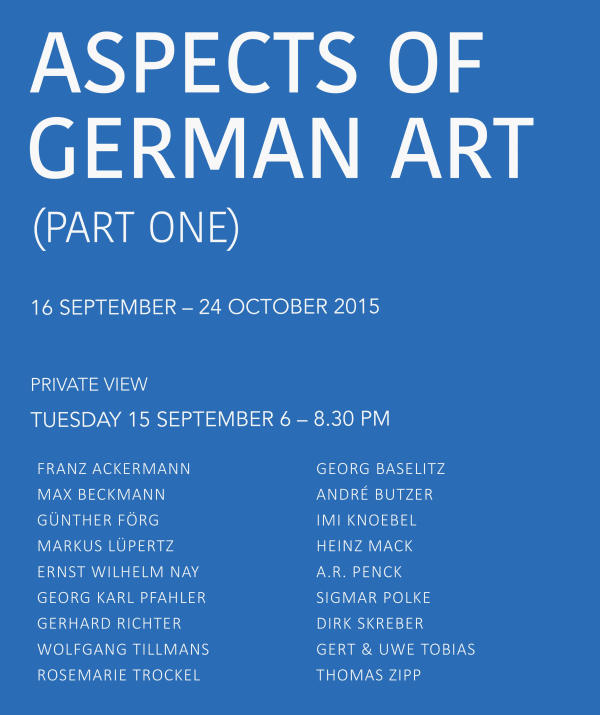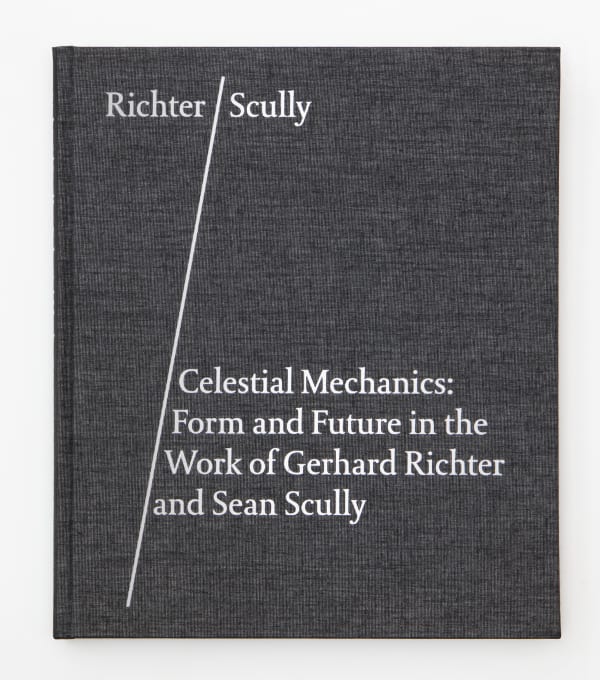Widely celebrated as one of the most influential contemporary artists of the 20th and 21st centuries, Gerhard Richter is known for his prolific and stylistically varied exploration of the medium of painting. Born in Dresden in 1932, he grew up amid the wreckage of a nation and the clamour of ideological certainty. It is perhaps no wonder that his life’s work would come to resist the fixed and the absolute, moving instead through veils of ambiguity, replication and refusal. Few artists have mapped the tensions between seeing and knowing with such tenacity or grace.
Richter trained first in East Germany at the Hochschule für Bildende Künste, where socialist realism reigned. But it wasn’t until after his defection to the West in 1961 – slipping past the border just months before the Berlin Wall went up – that he encountered the kind of creative latitude that would shape his mature practice. At the Kunstakademie Düsseldorf, he met artists Sigmar Polke, Wolf Vostell and Konrad Lueg, and together they staged the exhibition Demonstration for Capitalist Realism in 1963. The show explored depictions of Germany’s burgeoning consumer culture and media‑saturated society, employing strategies influenced by American Pop Art.
Across six decades, Richter has made paintings that haunt the border between presence and disappearance. His blurred family portraits, scraped abstracts, and grey monochromes speak in different registers, but always return to the same unease: the slipperiness of truth, the failure of memory, and the way history presses in like fog.
Richter’s work has been presented in numerous shows and retrospectives in prominent institutions worldwide, including Centre Pompidou, Paris (1977, 2012); Städtische Kunsthalle, Düsseldorf (1986) Hirshhorn Museum and Sculpture Garden, Washington, DC (1988, 2003); San Francisco Museum of Modern Art (1989, 2002); Tate, London (1991, 2011); Moderna Museet, Stockholm (1993); Art Institute of Chicago (2002); Museum of Modern Art, New York; and National Museum of Modern Art, Tokyo (2022). Richter has received numerous significant awards, including the Junger Western Art Prize (1961); Oskar Kokoschka Prize (1985); Goslarer Kaiserring (1988); Wolf Prize (1994); Golden Lion at the 47th Venice Biennale (1997); Praemium Imperiale Award (1997); Wexner Prize (1998); Foreign Honorary Membership of the American Academy of Arts and Letters (1998); German Catholic Art and Culture Prize (2004). In 2007, he received honorary citizenship of Cologne and was elected to the American Philosophical Society in 2012. In 2023, Berlin’s Nationalgalerie unveiled Gerhard Richter: 100 Works for Berlin, showing for the first time the long-term loan from the Gerhard Richter Art Foundation to the Neue Nationalgalerie. Richter continues to live and work in Cologne, Germany.
Enquire
-
Wish You Were Here
Curated by Jie Xia 12 Jul - 25 Oct 2025 Hong KongBen Brown Fine Arts is pleased to present Wish You Were Here, a group exhibition that captures the seductive pull of summer: the heat, the haze, the promise of elsewhere. Bringing together works by leading postwar and contemporary artists – both from the gallery’s programme and beyond – the exhibition explores the iconography of travel, the sea, and the rituals of seasonal escape, interrogated with varying degrees of irony, longing, and lucidity.Read more
-

Richter / Scully
Celestial Mechanics: Form and Future in the Work of Gerhard Richter and Sean Scully 23 Mar - 15 Jul 2024 Hong KongBen Brown Fine Arts proudly presents Celestial Mechanics: Form and Future in the Work of Gerhard Richter and Sean Scully, an extraordinary exhibition that pays homage to two of the most significant European painters of our time. Curated by esteemed art historian Joachim Pissarro, this groundbreaking exhibition will unfurl in conjunction with Art Basel Hong Kong over two venues: The Asia Society and Ben Brown Fine Arts, both in Hong Kong.Read more -
ASPECTS OF GERMAN ART (Part One) - REVISITED
2 Dec 2015 - 22 Jan 2016Ben Brown Fine Arts Hong Kong is proud to present Aspects of German Art (Part One) - REVISITED, a comprehensive survey of German post-war and contemporary art, featuring works by...Read more -
ASPECTS OF GERMAN ART (Part One)
15 Sep - 30 Nov 2015 Hong KongBen Brown Fine Arts Hong Kong is proud to present Aspects of German Art (Part One), a comprehensive survey of German post-war and contemporary art, featuring works by some of...Read more
-

4 Hong Kong exhibitions to satisfy your appetite for culture this week
By Maggie Yeung for South China Morning Post July 23, 2025Emerging artists at HART Haus, histories and diasporas at Hauser & Wirth, Zóbel’s first exhibition in Hong Kong – and moreRead more -
Masters in Miami Beach: Seven legendary artists not to miss at the show
By Elliat Albrecht for In Focus: Art Basel November 29, 2024Learn more about significant luminaries soon on view, from pioneering Brazilian sculptor Lygia Clark to famed German painter Gerhard Richter.Read more -

10 Galleries To Visit At Hong Kong Spotlight By Art Basel
Hong Kong Tatler, by Oliver Giles December 2, 2020Ben Brown Fine Arts is showcasing two very different approaches to abstraction in its booth, hanging some of Gerhard Richter's famous squeegee paintings alongside calligraphy-inspired...Read more

![Gerhard Richter, Rot-Blau-Gelb [Red-Blue-Yellow], 1973](https://artlogic-res.cloudinary.com/w_600,c_limit,f_auto,fl_lossy,q_auto/artlogicstorage/benbrown/images/view/6eb9ab3ebc3efac1c529263b982fef27j/benbrownfinearts-gerhard-richter-rot-blau-gelb-red-blue-yellow-1973.jpg)





